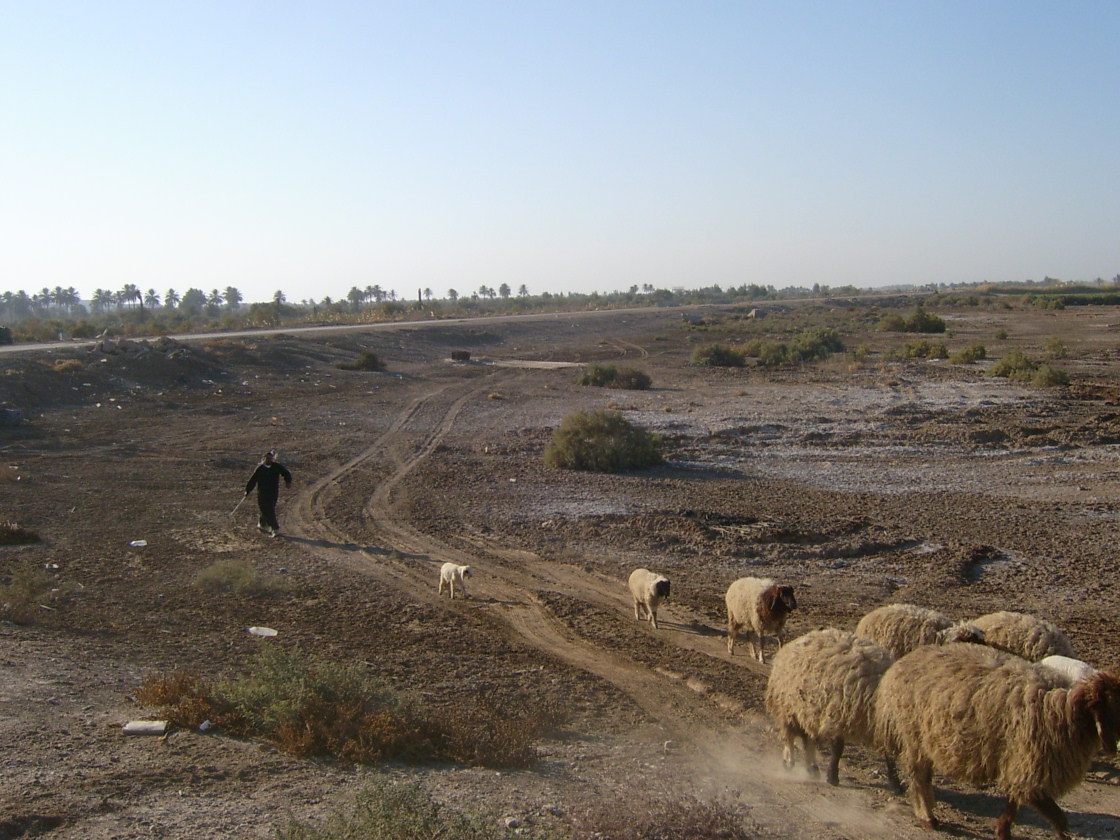By Dan Sukman and Aaron Bazin
It has been said that there is nothing worse than being in a peacetime Army. We suggest that there is one thing worse, being in an Army that cannot fight. The United States Army faces an uncertain future. As it comes out of a decade plus of persistent conflict, it is clear that the Army faces stark choices in force structure and culture. Already we are witnessing the drastic reduction in the number of personnel, to include removing civil affairs units from active duty and reinstituting selection boards for schooling to discriminate early to separate the “haves” from the “have nots.” Today, at a point where the U.S. Army is arguably the best it has ever been, there is a concern that it has begun its peacetime backslide. If you spent time in the Army of the 90s, it should scare the hell out of you too. If you came into the service following 9/11, here is a small glimpse.
A Zero Defects Mentality: The Army of the 1990s had a zero defect mentality where the relief of a commander for missing a screwdriver in a motor pool inventory was the norm. A culture where commanders and senior NCOs are judged on random arms room inspections and performance in field training exercises serve as an ultimate a mark of success or failure is runs counter to the adaptations we pushed since 2001. Sadly, with the reduction in the size of the force accompanied by a reduction in promotion rates it is the small minute, often irrelevant differences that will separate individuals appearing before a board. An Army that adapts a zero defects culture is one filled with leaders who are unable to accept and take risk.
Polished boots and starched uniforms: There is a systematic belief that polishing boots instills much needed discipline into the ranks. Naturally, polished boots and starched uniforms will lead to better allocation of personal finances, as family budgets will take into account higher dry-cleaning bills and the $10 per week to have the guy at the PX spit shine their boots. However, starched and polished uniforms do not translate to battlefield success. There is a danger that the Army will revert to a culture where it will not matter how smart you are, how high your PT score may be, or your proficiency with small arms, that fact that you have sleeve tattoos will get you thrown out of the Army. When appearance is valued above competence, the best and brightest quickly leave the service to find work in other places.
Early Performance as Measure of Success: The Army should never rely on how leaders perform as a Platoon Leader or as a Battalion S1/S4 to determine who will command and lead at the higher levels. In this type of Army, scripted gunnery tables are the preeminent measure of tactical acumen. Often the success of a platoon leader or company commander can be a matter of the right platoon sergeant or operations and first sergeant, while leaders at the operational and strategic levels are often late bloomers in terms of success and maturity.
No Sunglasses but Camo Face Paint: The Army must continually adapt and embrace common sense additions to the uniform. The Sergeant Major of the Army’s recent decision to allow earbuds with the PT uniform is a step in the right direction. It took a 15-year war in the deserts of Iraq and Afghanistan to change the culture on sunglasses and camelbacks. However, the Army must guard against a culture where face paint made of hard wax from the Korea-era will be re-issued to each soldier to apply every day in the field, and that this standard will hold for rear-echelon troops the same as it would for LRRS detachments and other Special Forces units operating deep in the enemy rear.
Badge Chasing: The Army is in a bad place when officers and NCOs are judged according to the number of and type of schools they have attended, even if they are irrelevant to their current duty position. With a decline in the number of soldiers serving in combat, the badges or tabs on a uniform may be more coveted than time in a leadership position.
Branch Insignia: Similar to a culture of badge chasing, the Army must avoid a return to a culture where one immediately assess the amount of respect to pay an officer based on what is attached to their uniform. We should fear a culture where judgments of leaders will not be based on their physical, mental, and problem solving skills, but rather their branch assigned to them as a West Point or ROTC cadet.
War Stories: As the number of troops engaged in combat operations has dwindled, a culture develops where combat experience is secondary to training events. There will be a day when war stories of Afghanistan and Iraq are replaced with stories from CTC Rotations, Ranger School, or other professional development courses. Moreover, rotations at the training centers such as NTC and JRTC will not be considered training, but rather the ultimate test in the worthiness of a unit, where the T in NTC and JRTC stands for testing in lieu of training. This leads to an era where failure to defeat the OPFOR at NTC may result in a relief of command in the same way that a flat head screwdriver found missing during an inventory will.
Limited Resources: An army that can barely afford to train its men and women for combat will lose the first battle of the next war. In an era of limited funding, soldiers will train with limited resources leading range time once a year where a soldier is issued 12 rounds to zero and 40 rounds to qualify. This type of culture moves away from advanced rifle marksmanship and forces leaders to develop unrealistic training objectives with minimal resources. Limited resources tend to reduce the philosophy of mission command, leading to a return to the era where no soldier is allowed to load a magazine in their M4 without the strict supervision of a range safety.
Yellow PT Belt: The reflective belt culture is not a creation of the Army of the 90s. Some may credit the reflective belt for solving the age-old military problem of not being able to immediately identify soldiers in the hours of limited visibility. Even today, as the Army created a PT Jacket with a reflective belt sewn into it, an additional belt is often worn on top. We should fear an Army that can’t get past this absurdity.
The views expressed in this article are those of the authors and do not reflect the official policy or position of the U.S. Army, the Department of Defense, or the U.S. Government
Daniel Sukman is a strategist in the U.S. Army, a former Military Fellow at the Project for International Peace & Security (PIPS), and a member of the Military Writers Guild. Over the course of his career, Dan Sukman served with the 101st Airborne Division (Air Assault), United States European Command, and the Army Capabilities Integration Center (ARCIC). His combat experience includes multiple combat tours in Iraq and Afghanistan
Aaron Bazin is career Army officer with over 20 years of leadership and management experience operating at the highest levels of the Department of Defense (DoD), the North Atlantic Treaty Organization (NATO), U.S. Central Command, and within the institutional Army. Operational experience includes deployments to Pakistan, Afghanistan, Qatar, Iraq, United Arab Emirates, Bahrain, Jordan, and Kuwait. He is the author of the book, Think: Tools to Build Your Mind.
























